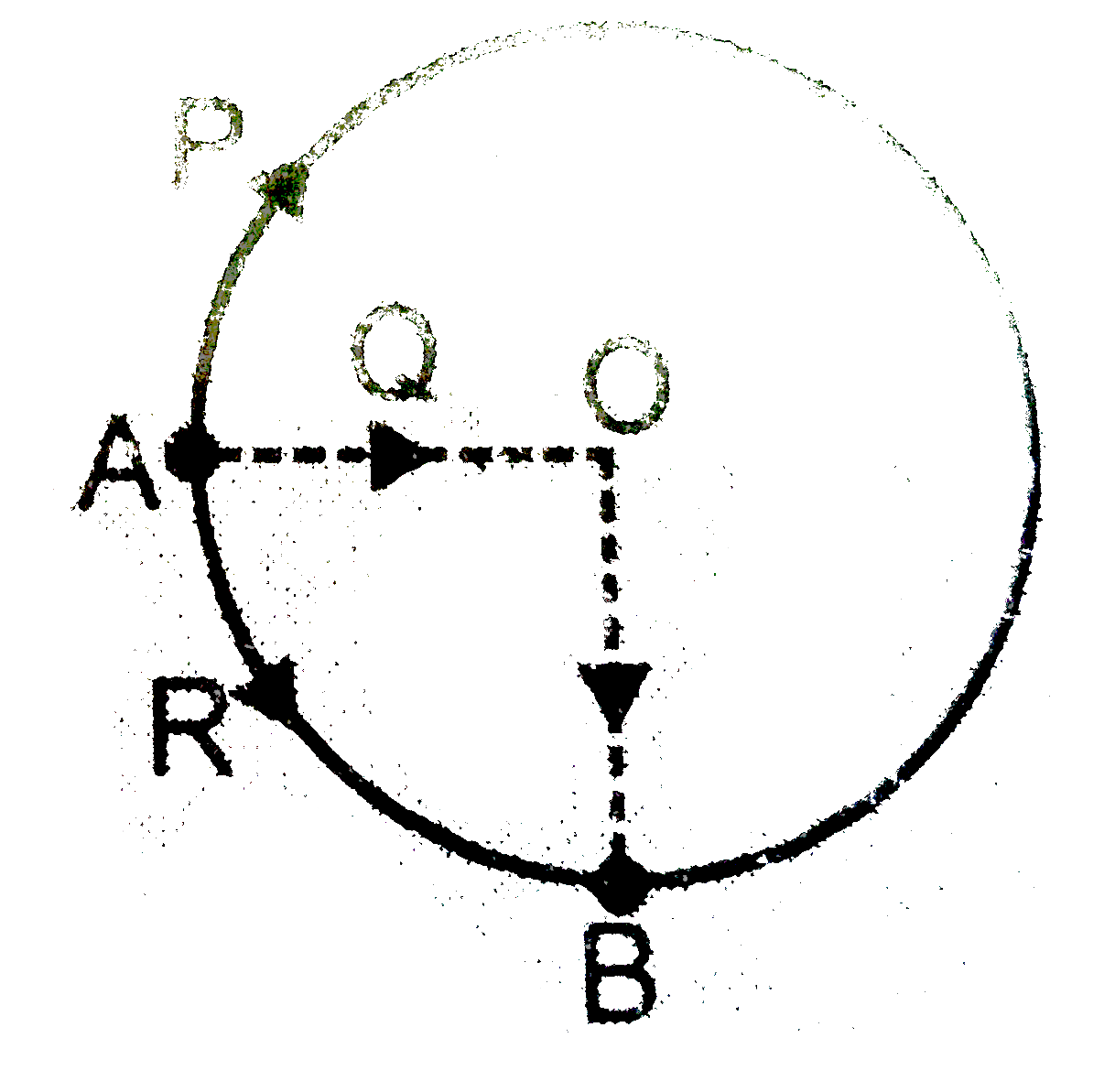A particle of mass 3 kg moves under a froce of [4ˆi+8ˆj+10ˆk] newton . Calcutale the acceleration (as vector) to which the particle is subjected. If the particle starts from rest and was at the origin initially. What are its new co - ordinates after 3 s?Solution in Gujrati
The correct Answer is:12 km
Deaceleration of train,
a=∣∣∣v2−u22s∣∣∣=20×202×2=100km/hr2
Time to reach platform =20100=15 hr
∴ Total distance travelled by the bird=vt=60×15=12km
Topper's Solved these Questions
- MOTION IN A PALNEBOOK - ALLEN CHAPTER - MOTION IN A PALNEEXERCISE - Exercise-04[B]
14 Videos
- MOTION IN A PALNEBOOK - ALLEN CHAPTER - MOTION IN A PALNEEXERCISE - Exercise-05 [A]
11 Videos
- MOTION IN A PALNEBOOK - ALLEN CHAPTER - MOTION IN A PALNEEXERCISE - Comprehension#7
3 Videos
- KINEMATICS-2DBOOK - ALLEN CHAPTER - KINEMATICS-2DEXERCISE - Exercise (O-2)
47 Videos
- NEWTON'S LAWS OF MOTION & FRICTIONBOOK - ALLEN CHAPTER - NEWTON'S LAWS OF MOTION & FRICTIONEXERCISE - EXERCISE (JA)
4 Videos
Similar Questions
A boat is moving with a velocity 3ˆi+4ˆj with respect to ground. The water in the river is moving with a velocity −3ˆi−4ˆj with respect to ground. The relative velocity of the boat with respect to water is.
View SolutionA man wishes to swim across a river 0.5km. wide if he can swim at the rate of 2 km/h. in still water and the river flows at the rate of 1km/h. The angle (w.r.t. the flow of the river) along which he should swin so as to reach a point exactly oppposite his starting point, should be:-
View SolutionA graph between the square of the velocity of a particle and the distance(s) moved is shown in figure. The acceleration of the particle in kilometers per hour square is:-

View SolutionA particle is moving in xy-plane .At certain instant the components of its velocity and acceleration are as follows ux=3m/s,uy=4m/s,ax=2m/s2anday=1m/s2. The rate of change of speed at this moment is
View SolutionA piece of wire is bent in the shape of a parabola y=kx2 (y-axis vertical) with a bead of mass m on it. The bead can slide on the wire without friction. It stays at the lowest point of the parabola when the wire is at rest. The wire is now accelerated parallel to the x-axis with a constant acceleration a. The distance of the new equilibrium position of the bead, where the bead can stay at rest with respect to the wire, from the y-axis is:
View SolutionFind the torque of a force (5ˆi−2ˆj+3ˆk) about the origin, which acts on a particle whose position vector is (ˆi−ˆj+ˆk).
View SolutionA particle is moving with initial velocity bar(u)=hati-hatj+hatk . What should be its acceleration so that it can remain moving in the same straight line?
View SolutionA particle has an initial velocity of 4ˆi+3ˆj and an acceleration of 0.4ˆi+0.3ˆj. Its speed after 10s is
View SolutionA particle of mass m kept at the origin is subjected to a froce vecF=(pt-qx)hati where t is the time elapsed and x is the x co-ordinate of the position of the particle. Particle starts its motion at t=0 with zero initial velocity. If p and q are positive constants, then:
View Solution1 किग्रा , 2 किग्रा तथा 3 किग्रा द्रव्यमान के कणों के स्थिति सदिश क्रमश: ˆi−ˆj,ˆi+ˆj तथा ˆi+ˆj−ˆk है | निकाय के द्रव्यमान केन्द्र कि स्थिति ज्ञात कीजिये |
View SolutionTwo particles whose masses are 10 kg and 30 kg and their position vectors are hati+hatj+hatk and -hati-hatj-hatk respectively , would have the centre of mass at _______ .
View SolutionTwo particles whose masses are 10 kg and 30 kg and their position vectors are hati+hatj+hatk and -hati-hatj-hatk respectively would have the centre of mass at position :-
View SolutionA uniform force of (2ˆi+ˆj) N acts on a particle of mass 1 kg. The particle displaces from position (3ˆj+ˆk) m to (5ˆi+3ˆj) m. The work done by the force on the particle is
View SolutionA particle of mass 2 kg experiences two forces verF=5ˆi+8ˆj+7ˆkand→F2=3ˆi−4ˆj+3ˆk What is the acceleration of the particle?
View SolutionA force (2ˆi+3ˆj−ˆk) newtons acts on a particle on a particle having postions vectors (ˆi−ˆj+2ˆk) .find the torque of the force about the origin .
View SolutionA particle has an initial velocity 3ˆi+4ˆj and an acceleration of 0.4ˆi+0.3ˆj . Its speed after 10s is
View Solution
